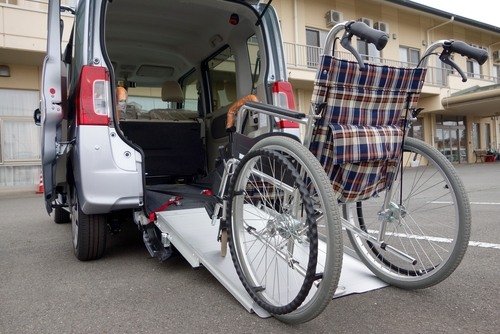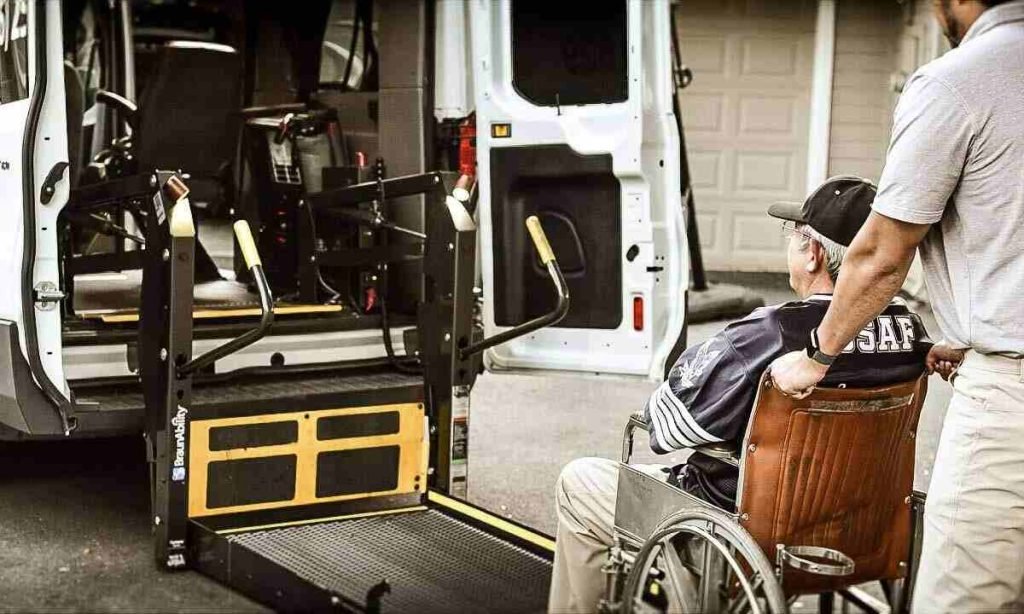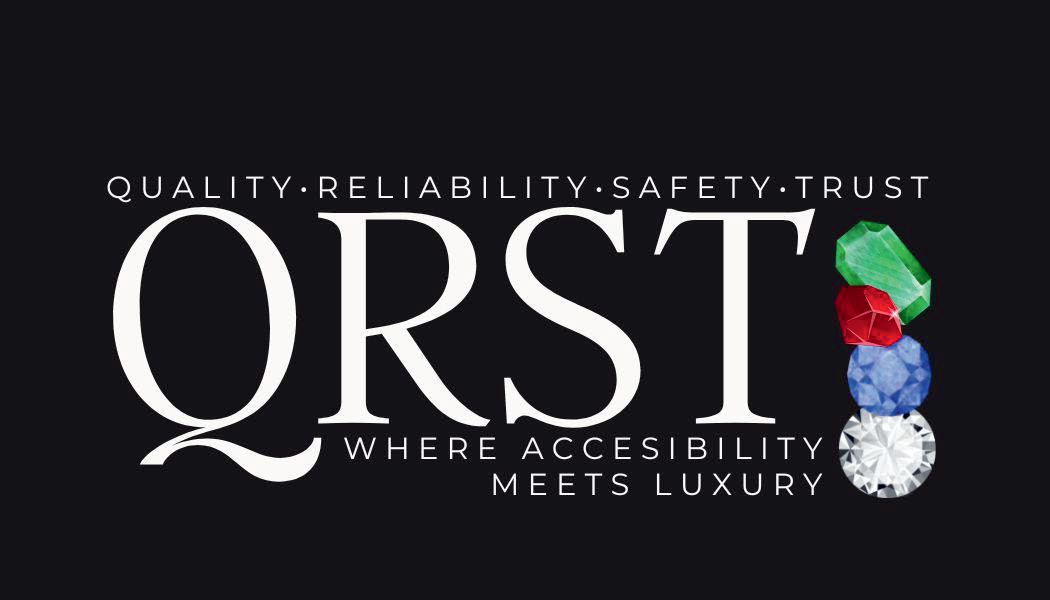In the pursuit of a just and inclusive healthcare system, accessibility stands as a cornerstone. For individuals with mobility challenges, the simple act of reaching a medical facility can become a significant barrier to receiving timely and essential care. In the state of Virginia, efforts are being made to address this issue head-on, with a specific focus on wheelchair transportation. In this blog, QSTR Wheelchair Transportation will help you to explore the importance of accessible transportation in the context of healthcare, shedding light on the challenges faced by individuals with mobility issues and the initiatives taken in Virginia to ensure healthcare equity for all.
The Impact of Mobility Challenges on Healthcare Access:
When discussing healthcare equity, it is crucial to recognize the intricate relationship between mobility and access to medical services. For individuals relying on wheelchairs, the journey to a healthcare facility is not merely a matter of convenience; it is a determinant of their overall well-being. The gap between wheelchair transportation and clients should be bridged. Limited transportation options can lead to delayed or missed medical appointments, exacerbating existing health conditions and preventing preventative care.

The challenges faced by those with mobility issues extend beyond the physical limitations of their conditions. The psychological toll of navigating a world that is often ill-equipped for wheelchair users can result in feelings of isolation and frustration. As such, addressing transportation barriers is not only a matter of logistical efficiency but also a step towards fostering a healthcare system that prioritizes the dignity and mental well-being of all its constituents.
The State of Wheelchair Transportation in Virginia:
In the state of Virginia, the recognition of the importance of accessible transportation has prompted several initiatives aimed at bridging the gap between healthcare facilities and individuals with mobility challenges. One notable program is the Virginia Department of Medical Assistance Services’ (DMAS) Non-Emergency Transportation (NET) program. This initiative provides eligible individuals with transportation to and from Medicaid-covered medical services, including those using wheelchairs.
The NET program in Virginia acknowledges the multifaceted nature of healthcare accessibility. It goes beyond the traditional view of transportation as a mere logistical support and recognizes it as an integral component of comprehensive healthcare. By providing a means for wheelchair users to access medical services, the program addresses a critical aspect of healthcare equity.
However, despite the strides made by initiatives like NET, challenges persist. The demand for accessible transportation often outstrips the available resources, leading to gaps in coverage. Additionally, the intricate web of regulations, funding, and coordination required to sustain such programs necessitates ongoing efforts to refine and expand their scope.
Collaborative Solutions for Lasting Impact:
Ensuring healthcare equity requires a collaborative effort from various stakeholders, including government agencies, healthcare providers, and the private sector. In Virginia, partnerships between these entities have proven instrumental in enhancing wheelchair transportation services.
One notable example is the collaboration between local healthcare providers and transportation companies to establish wheelchair-accessible shuttle services. These initiatives, often supported by grants and community funding, aim to create a more responsive and localized approach to transportation challenges. By involving the community in the solution-finding process, these programs not only address logistical concerns but also contribute to the development of a more compassionate and inclusive healthcare ecosystem.
In addition to community-driven initiatives, technological advancements play a pivotal role in improving wheelchair transportation services. Ride-sharing platforms and specialized transportation apps designed for individuals with mobility challenges are gaining traction. These innovations empower users to schedule accessible transportation conveniently, reducing reliance on traditional, often less flexible, transportation options.
Policy Advocacy for Systemic Change:
While localized efforts are commendable, systemic change requires comprehensive policy advocacy. In Virginia, advocacy groups have been actively working to influence policies that prioritize wheelchair accessibility in transportation in Virginia. These efforts include pushing for legislative changes that mandate accessibility features in public transportation and offering incentives for private transportation services to invest in accessible options.

Moreover, these advocacy groups play a crucial role in raising awareness about the importance of wheelchair-accessible transportation in healthcare equity. By engaging with policymakers, they contribute to the development of a legal and regulatory framework that reflects the diverse needs of the community, fostering an environment where accessible transportation is not merely a courtesy but a fundamental right.
Conclusion
As Virginia continues its journey towards healthcare equity, the spotlight on wheelchair transportation serves as a microcosm of the broader efforts needed to create an inclusive healthcare system. The initiatives undertaken by the state, combined with community-driven solutions and policy advocacy, represent significant strides in the right direction.
To build on these achievements and ensure lasting impact, stakeholders must remain committed to refining existing programs, expanding accessibility initiatives, and addressing emerging challenges. The intersection of healthcare and transportation is a dynamic space, requiring continuous adaptation and innovation to meet the evolving needs of individuals with mobility challenges.
In conclusion, the quest for healthcare equity is intrinsically tied to the ability of all individuals to access medical services without hindrance. Wheelchair transportation stands as a crucial aspect of this endeavor, symbolizing the commitment of Virginia to create a healthcare landscape that embraces diversity, inclusivity, and the inherent dignity of every individual. As the state navigates the path forward, the lessons learned from its experiences can serve as a beacon for others seeking to create a healthcare system that leaves no one behind.
FAQ’s
Does Virginia have medical transportation?
Yes, Virginia has medical transportation services, such as the Non-Emergency Transportation (NET) program, ensuring accessibility for individuals, including wheelchair users, to reach Medicaid-covered medical services. These initiatives aim to bridge gaps in healthcare access and promote equity in the state’s medical landscape.
What is the Virginia primary care needs assessment?
As of my last knowledge update in January 2022, there isn’t a specific mention of a statewide “Virginia Primary Care Needs Assessment.” However, states often conduct assessments to identify healthcare needs, and such assessments could evolve. For the latest and specific information, please refer to recent publications or contact relevant Virginia health agencies.
What are the problems with lack of transportation?
The lack of transportation can lead to delayed or missed medical appointments, hindering timely access to essential healthcare services. This barrier disproportionately affects individuals with mobility challenges, exacerbating health issues and impeding preventative care.
Does Medicaid provide transportation in Texas?
As of my last knowledge update in January 2022, Texas Medicaid does offer Non-Emergency Medical Transportation (NEMT) services to eligible beneficiaries, ensuring access to covered healthcare services. However, specific details may change, so it’s advisable to check with the Texas Health and Human Services or Medicaid for the latest information on transportation services.
How is healthcare in Virginia?
Virginia boasts a diverse healthcare landscape with reputable medical facilities and providers. While access to care varies, initiatives like Medicaid expansion and programs addressing transportation barriers contribute to ongoing efforts to enhance healthcare equity in the state.
